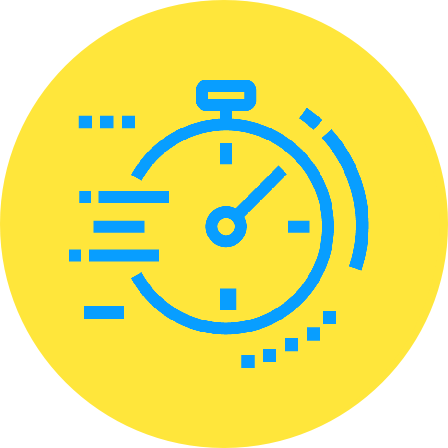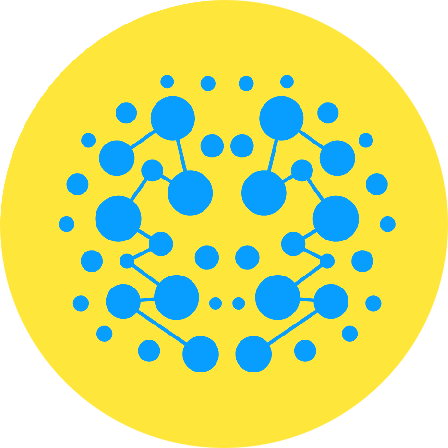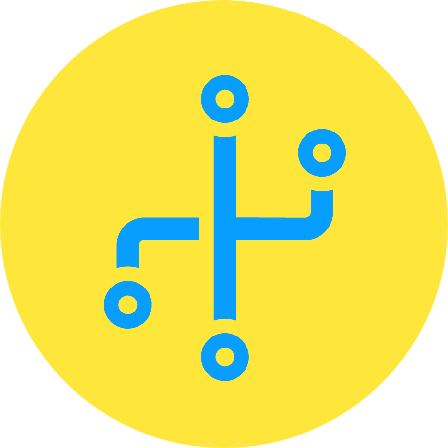What issue can we solve for you?
Type in your prompt above or try one of these suggestions
Suggested Prompt


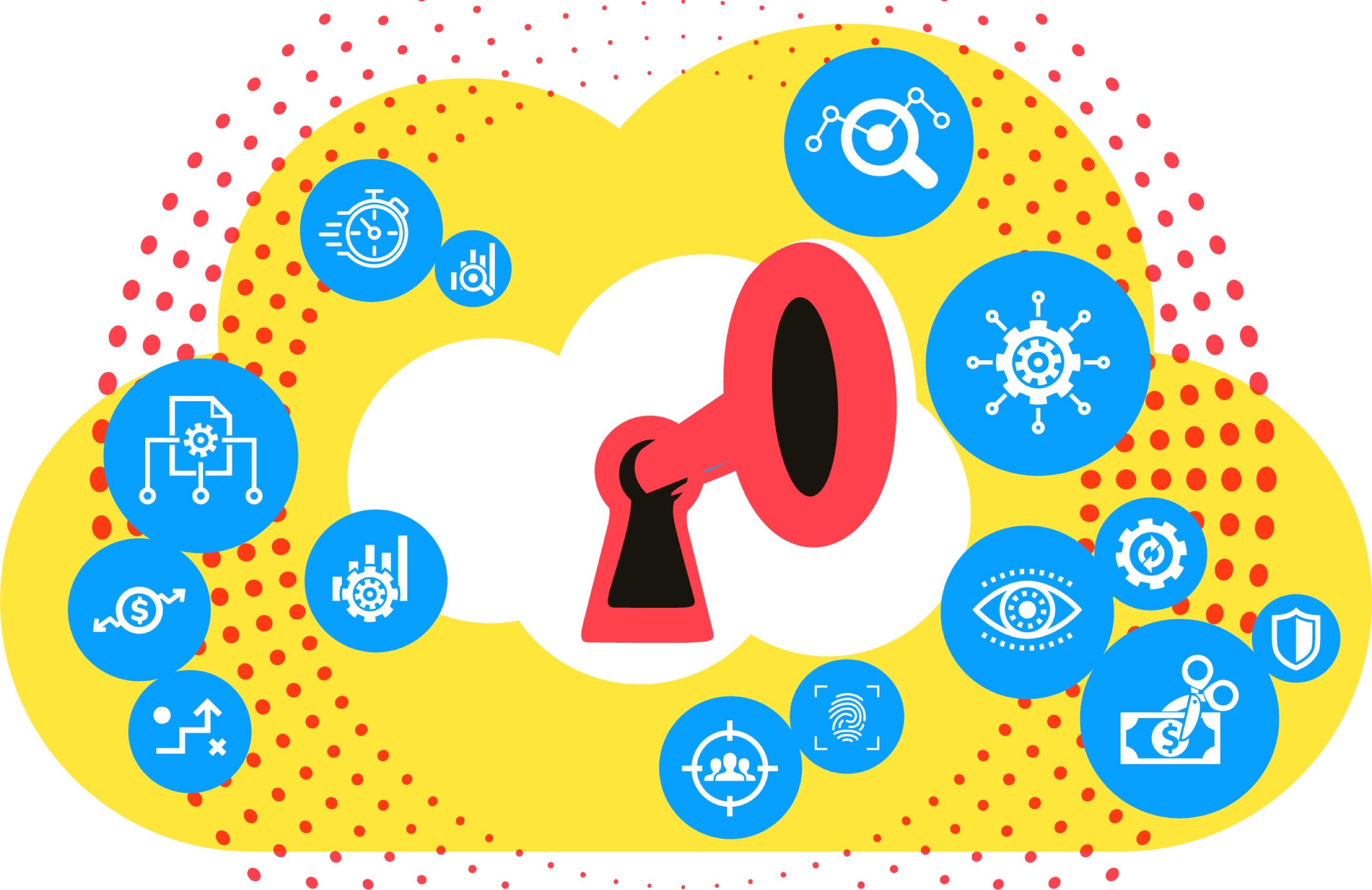
Moving to Cloud is Not Enough
The Key to Unlock Digital Business Transformation
The Key to Unlock Digital Business Transformation
In a time of accelerated change, it is now more important than ever to deepen your relationship with customers by not only meeting their expectations, but by anticipating, then exceeding those expectations.
Now, if you were told that you could enhance your consumer relationships while making daily operations exponentially more efficient, you would probably say that it’s too good to be true. However, by moving to cloud and fully appreciating its value as an integral component in your own digital business transformation, this inconceivable proposition becomes a reality.
The fact of the matter is that Next is Now -- and it is imperative to stay ahead of the constant evolution of technology in order to stay ever-relevant in your consumer’s minds.
The incorporation of cloud through Microsoft Azure gives you the opportunity to optimize functions enterprise-wide to better meet your customers’ needs and drive their solutions through its digital capabilities.
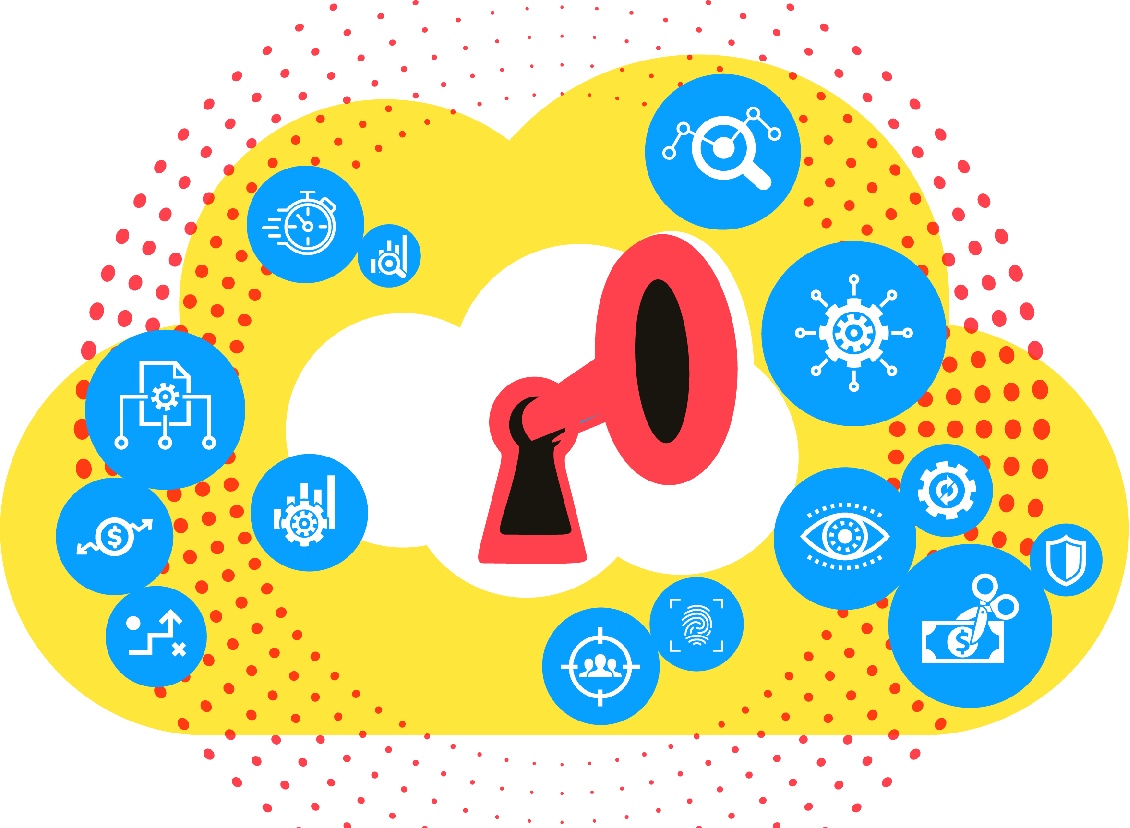
The challenge for every enterprise is to find ways to become more profitable without sacrificing the quality of current operations. By moving to cloud, you are given the opportunity to reduce operational costs while becoming more efficient by delivering your technology services more effectively.
Why Should Companies Make the Transition to Cloud?
Moving business operations to a fully digital platform may or may not have already been a consideration for you to date, especially if your legacy systems seem perfectly adequate. The problem is that today’s continuous technologically-advancing business world is not slowing down to wait for companies to keep up. In order for your enterprise to continue competing both today and in the future market, now is the time to adapt your business operations to fully utilize digital cloud platforms.
The Value of Cloud
So, what exactly is the value in cloud versus traditional data centers? The simple answer is that cloud does what your legacy systems have already been doing, but does it better, faster and with greater cost-savings. Publicis Sapient understands this, and through its long-standing partnership with Microsoft, incorporates Microsoft’s Azure cloud-based data center to secure and support client data collections and applications enterprise-wide on a global basis for over 120 clients globally and growing daily.
Let’s talk specifics:
- Financial Benefits
- Heightened Security
- Agility
What are the financial benefits to the enterprise?
The challenge for every enterprise is to find ways to become more profitable without sacrificing the quality of current operations. By moving to cloud, you are given the opportunity to reduce operational costs while becoming more efficient by delivering your technology services more effectively.
Resource optimization = increased productivity
By transitioning data logs from on-campus locations to cloud landing zones, storage infrastructure and maintenance requirements are eliminated. Without infrastructure costs, labor optimization is enabled, eliminating unnecessary positions and allowing engineers to focus on specializations. Where an engineer may have been previously occupied in the upkeep of on-premises data storage, a shift in focus to a specific area adds overall value to your organization.
Flexible pricing and usage = accurate profit margins
Cloud also allows each individual company the power to control how much it is spending on data ingestion. In transitioning to cloud, cyber security premiums are immediately reduced with Cloud Adoptions Frameworks (CAF) through Microsoft Azure. With flexible prices that vary directly with desired capacity, the cloud is not limited to a one-size-fits-all solution. Companies pay only for what they actually consume and avoid being trapped into losing money to vendors by over- or underestimating their consumption rates. It offers flexibility to adjust ingestion amounts to avoid punishment if predicted amounts vary. Businesses are able to predict their end of the month total cost of ownership (TCO) and define true profit margins for their projects (when tagged correctly). These benefits help businesses to plan, save, and spend their financials in the most precise and efficient ways possible.
Environmental responsibility = reduced operational costs
Additionally, businesses are reducing their footprint and making positive environmental impacts by utilizing the cloud to diminish their byproduct waste from the complex infrastructures. Eliminating this unnecessary waste decreases operational costs and shines a light on the corporation’s commitment to environmental awareness; thus, adding value to the business by following Microsoft infrastructure sustainability principles.

How does Cloud enable heightened security?
One of the most important ways to gain consumer loyalty as an enterprise is by developing a relationship based on trust between you and your consumer. This trust allows you to better understand your consumer and more accurately cater products and services to their needs. It is not possible, however, if you cannot securely store and process your customer’s information. So, how can you ensure that you are best protecting your customer information as well as your own business information? Publicis Sapient, in partnership with Microsoft - through Microsoft’s Azure Sentinel - delivers cloud-based security that is consistently more secure than on-premises infrastructure.
Intelligent security analytics
Most businesses, according to Forrester, are complacent and wait for either a system failure or security breach before they consider upgrading their systems of security. The goal is to actually stay ahead of these incidences so that you can prevent them from happening in the first place. The cloud can do this by offering technology that eliminates the risk that traditional data storage presents. Additionally, it reduces the mean time to repair (MTTR) risks that do present themselves and is programmed to alert security operation center (SOC) teams quickly. When these teams respond, Azure Sentinel’s internal automation completes basic administrative tasks, saving SOC teams time and avoiding any human error in the rush.
Intelligent threat detection
But how is Azure Sentinel along with other cloud databases so proficient in optimizing security functions? It’s because of its technological capability to link alerts from the same incident and piece together the information in order to produce the most accurate understanding of potential threats. In a traditional system, false positives, or mislabeled security alerts, are likely to occur during this step, signaling a threat where there may not be one. These false positives can introduce a number of headaches for a security team as they can disguise a system’s bugs or network traffic. Because of Azure Sentinel’s artificial intelligence of cloud and user behavioral analytics, SOC teams are only exposed to high-level threats flagged by Azure Sentinel as its automation can decipher between these and false positives, thus forcing organizations to follow stricter security measures.
Intelligent compliance assistance
Moving to cloud not only changes the location of data storage, but shifts the liability associated with it so there is less on your plate. All cloud infrastructures require that the customer own their own data, endpoints and accounts/account management ensuring that you are fully responsible for your own data and identities. However, the cloud offers an advantageous solution for long-term data security challenges by reallocating the physical host, network and datacenter security responsibilities to that of the cloud platform. But how can you be sure your business is managing security effectively? Microsoft Trust Center provides an abundance of information regarding the compliance of a dually responsible relationship between the cloud provider and the customer. One of these is the Cloud Services Due Diligence Checklist which walks businesses through the process of choosing the best cloud platform for their needs by analyzing each aspect of their business. Once you have selected and installed a cloud service, Microsoft’s Compliance Manager assists in your risk prevention and data protection by assessing your progress in keeping up with regulations. These are just two examples of what Microsoft Trust provides to assist businesses’ compliance in the security of their data and education in their risk reduction.

How does Cloud make an organization more Agile?
In order to remain relevant and compete in today’s competitive world, business agility is a priority. Fortunately, business agility is a primary advantage delivered by cloud and is a driving factor for organizations choosing to adopt the cloud. With Microsoft Azure, the ability to instantly “turn on” resources at a global level (with 60+ regions globally) streamlines scaling up and down based on business demands, and ensures organizations only pay for actual usage and needs while allowing them to be more responsive to customer needs.
-
![]()
Faster to market applications
According to the 2020 Gartner Magic Quadrant for Enterprise Low-Code Application Platforms report, Microsoft Power platform offers citizen developers and business unit developers low code no code and advanced pro developer capabilities through a simple design-time tool. The tool is used for designing canvas apps and employs a drag-and-drop approach with an expression language that feels like Microsoft, making it well-suited for non-developers, enabling a faster to market solution.
![]()
Immense integration points to vast array of parties and software
In addition, according to the report, Power Apps and Common Data Service (CDS) have a rich set of APIs and OData endpoints available to perform full create, read, update and delete (CRUD) operations on data to support integration with third-party iPaaS. There are more than 300 data connectors available including cloud-service database connectors that cover SQL, Cosmos DB, Amazon Redshift and cloud-hosted versions of the on-premises systems.
![]()
Native version control
Driving high performance, native version control within the Microsoft Azure platform means organized files, file creation coordination, controlled access, and managed updating and deletion across teams and the enterprise as a whole. Direct benefits also include reproducibility, traceability, disaster recovery and auditability.
How can DevOps benefit from Cloud?
According to Gartner, due to developer shortages and skill-set challenges, IT leaders today are faced with challenges that impact their ability to deliver increasing levels of business automation in a rapid, reliable manner. As such, low-code application platforms (LCAPs) improve the ease in which business applications are delivered and provide greater capabilities that allow for smaller and less specialized teams of developers.
Ease of Deployment
LCAPs support rapid application development, deployment, execution and management using declarative, high-level programming abstractions such as model-driven and metadata-based programming languages, and one-step deployments.
Azure Sentinel’s prebuilt SIEM tools such as playbooks, queries, and automation give organizations the ability to start ingesting logs on Day 1 so that they may have more time to perfect and connect other networks faster and with predictable costs.
World-class collaboration
Utilizing GitHub Microsoft Teams integration, Azure provides true open-source cloud collaboration with new advancements, delivering more than just a code SVN or repository, and leverages actions and enhanced security features owned by Microsoft. Perhaps the new S curve for developers and cloud adoption, this low code no code approach enables full visibility into your projects to generate ideas, triage issues and collaborate with other teams to move projects forward.
In addition, expansive and scalable data and reporting tools support the platform, resulting in greater efficiency and reliability for your enterprise. With a global community providing an immersive and diverse experience, the immense community of information not only supports the implementation of cloud, but supports every growing and formal Microsoft CAF.
“Our number one criterion was to improve the security of our organization. Sentinel gave us a faster route to be a more effective and efficient organization. It’s far more dynamic than our legacy solution. And we are a growing business, so we needed a security solution that could adapt and not get in the way. We feel like we have found that in Azure Sentinel.”
CISO , in e-commerce/fashion industry
How can Publicis Sapient and Microsoft Azure deliver the Value of Cloud and enable the success of your own Digital Business Transformation?
As discussed, the value of moving to cloud includes inherent benefits to essential enterprise components, however, the greater value lies in its key role in connecting and utilizing your data to swiftly, securely, efficiently and cost-effectively allow your enterprise to remain ever-relevant in the constantly changing mind of today’s consumer. And it just so happens we do this on a daily basis, bringing industry-specific experience, best-of-breed talent and expertise, all while implementing and executing with an unsurpassed global perspective.
In fact, Publicis Sapient and Microsoft have partnered for over 20 years to deliver digital solutions that leverage the best of Publicis Sapient’s unique skill set in digital business strategy, consulting, customer experience, marketing modernization, IT, Data and AI, and deep industry skills, paired with Microsoft’s industry-leading cloud solutions that allow us to generate real business value for our clients worldwide.
So, where do you get started?
Consider just where you are on your digital business transformation continuum. Are you ready to reduce operational costs and increase your control over profit margins? Are you ready to integrate and manage your environments with easy-to-use tools? Would you like to accelerate developer creativity and time to market? Do you want to improve your security against evolving threats with intelligent threat protection? Wherever you are in your business and digital transformation journey, Publicis Sapient and Microsoft can help you in your evolutionary quest through greater consumer insights and data-driven solutions.
How Publicis Sapient and Microsoft are Transforming the Lending Experience
Together, PS and Microsoft have created a seamless customer journey throughout the lending process, resulting in reducing loan application time and cost per loan by up to 33% and improving end-to-end productivity by 10-15%. At every stage of the application process, customers are better informed and more satisfied with the overall experience.
Able to operate and integrate with any existing systems, Loan Manager can help at every stage of the lending journey, including: communication, documents, data, process and management information (MI).


The Value of Cloud at the Corner of Happy and Healthy
Partnering with Walgreens - a leading pharmacy store chain in the US - Publicis Sapient and Microsoft transformed the customer experience and enabled sales while driving repeat consumer purchases through the development of a mobile app based on cloud implementation. From delivering faster reaction times regarding when and where prescriptions are ready, to the correlation of relevant offers based on purchase patterns and timing (such as sunscreen coupons in May in anticipation of summer months), the app also allowed consumers to be touch-free when making purchasing decisions rather than interacting with people during times of COVID.
Fortune 500 Oil & Gas Company
Energy Efficiency and Environmental Responsibility
Lacking insight into carbon emissions data and key energy efficiency metrics, as well as lacking a platform to provide the timely reports and forecasts that measure the energy and carbon emissions from complex and energy intensive facilities, a Fortune 500 Oil & Gas company turned to Publicis Sapient and Microsoft for an enterprise solution.
The team designed & built an Energy & Emissions Management Solution to decrease energy consumption, reduce greenhouse gas emissions and to improve reporting and regulatory compliance. In addition, it assisted with energy transition strategy and the energy management practice enterprise-wide.
THE RESULT?

An annual OPEX savings of $150,000,000, 30 million BTU of annual energy savings, a 5% efficiency improvement and a 50+% reduction in annual electricity cost for some refineries. This solution identified 20 opportunities that will generate an estimated 20 – 30M in incremental ACR and can scale to service any energy company.




